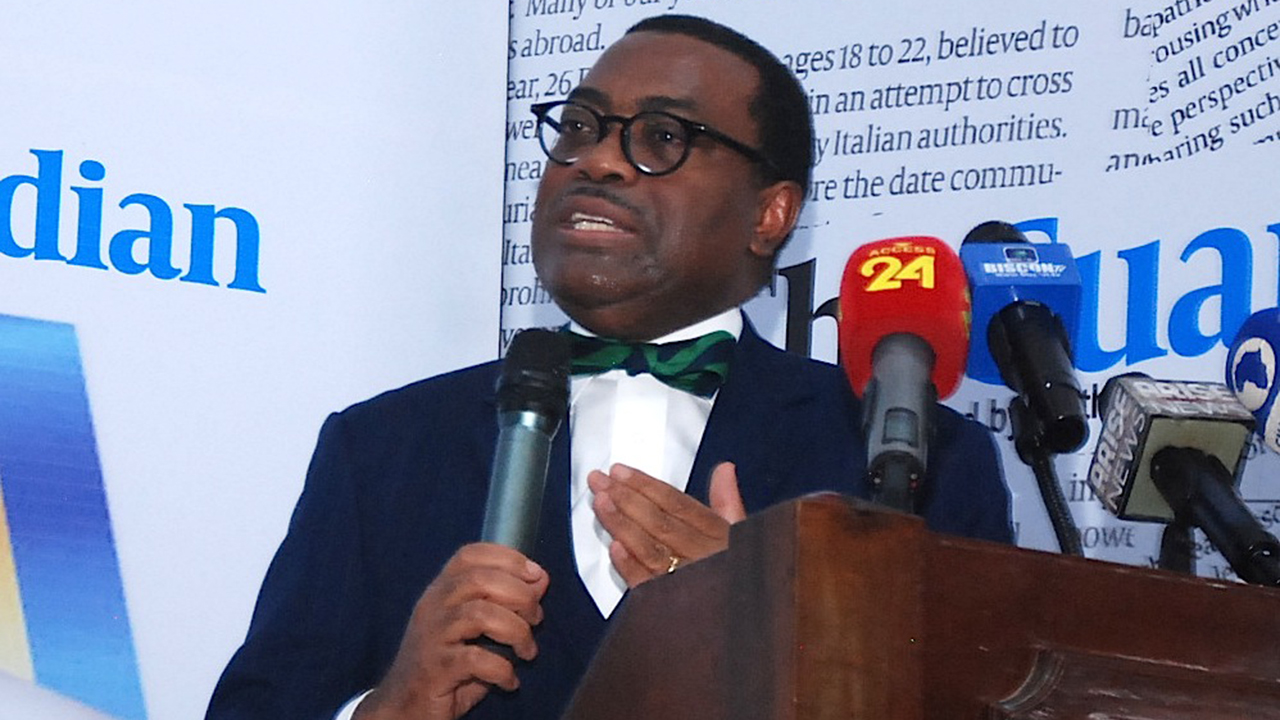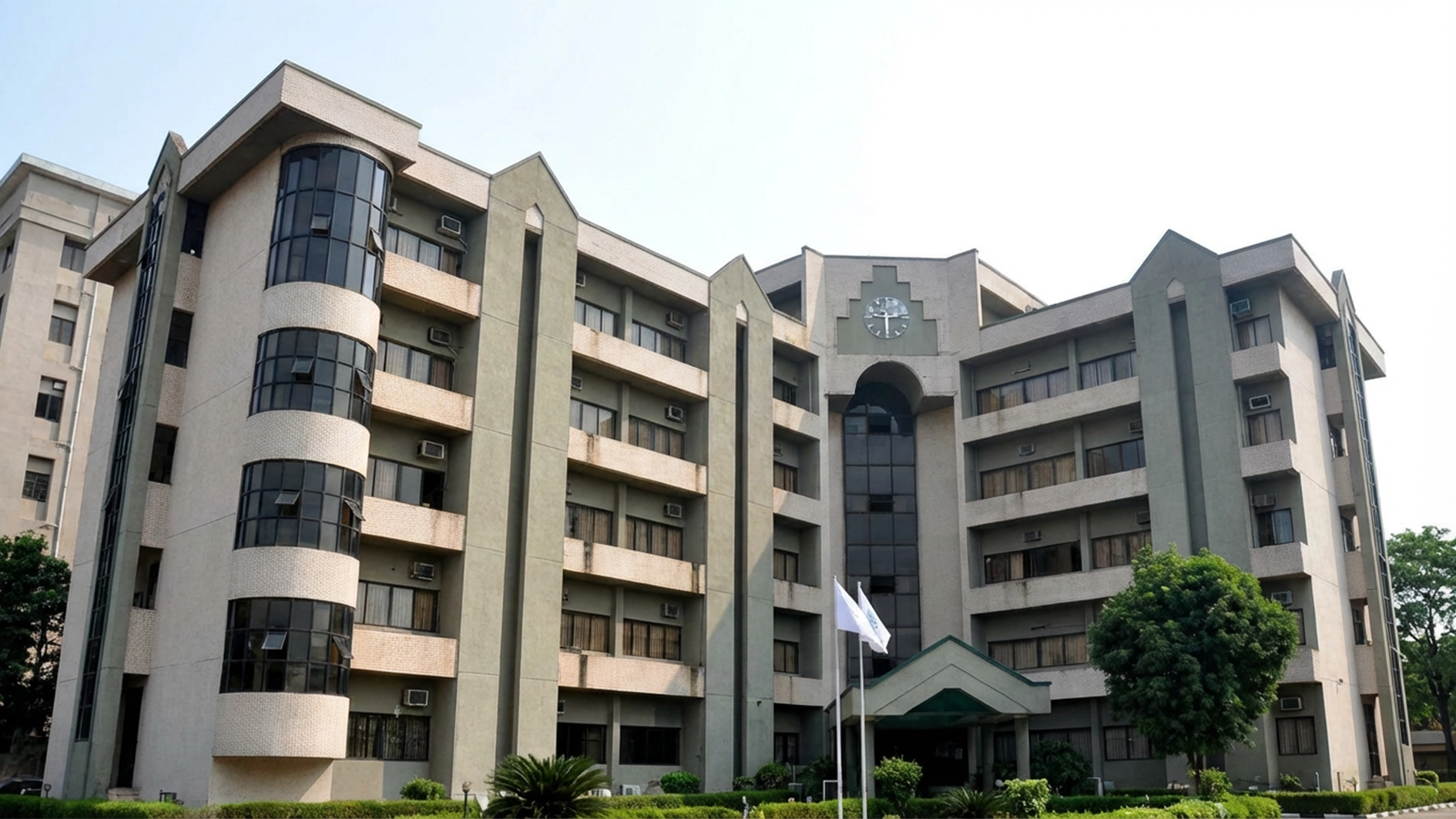
Nigeria and her African counterparts hold the oddly familiar record of a humongous debt burden whose maintenance cost is competing with earnings and development prospects. Yet, to the same continent belongs the unenviable report of illicit financial flow that rivals the debt volume. But mending the fiscal basket case is the ambitious mandate the African Development Bank (AfDB) and its Public Finance Management Academy for Africa (PFMA) have set before debt managers and debt management offices, to strategically keep the money where it belongs, and courageous to cause some ripples too, WOLE OYEBADE reports.
Pause for a moment and imagine what Nigeria or other African countries can do with an extra $90 billion a year.
Certainly, new and moribund industries will crank to life, creating new jobs and shared prosperity in the land. New infrastructures in roads, rail, energy, education, and health will light up many interiors, and douse flames of endemic poverty.
Such transformation will not be an exaggeration should these countries have $90 billion consistently for a period of 15 years, totalling over $1 trillion worth of cash.
But as a matter of fact, that humongous sum is what African countries have lost to corruption and Illicit Financial Flow (IFF) between 2000 and 2015 – and a sizable development potential down the sinkhole!
Double jeopardy
Director General, African Development Bank Group (Nigeria), Lamin Barrow, did affirm that the humongous capital flight is a major drain on capital and revenues on the continent, undermining productive capacity and prospects for achieving the Sustainable Development Goals (SDGs) and the African Union’s Agenda 2063 Goals.
Barrow recalled that the United Nations Conference on Trade and Development (UNCTAD), in its Economic Development in Africa Report 2020, noted that one-sixth of the continent’s aggregate government revenues derive from corporate tax and 10 per cent of that revenue ($6.7 billion) was lost to tax avoidance.
“The report estimated capital flight from Africa at $88.6 billion yearly for the period 2013 – 2015, representing 3.7 per cent of Africa’s GDP), whereas total official development assistance (ODA) and foreign direct investment (FDI) for the same period stood at $48 billion and $59 billion, respectively,” Barrow said.
Apparently in agreement, the Chief Economist and Vice President, African Development Bank (AfDB) Group, Prof. Kelvin Urama, added that the undercurrent poor management of public resources – from ineffective mobilisation and use of domestic revenue, unsustainable borrowing, and lack of prudence in the use of debt resources, illicit financial and resource flows, resource theft, among others forms of leakages and corruption along the public finance management ecosystems in countries – is the bane of cash poor Africa, despite her rich natural resources.
The double jeopardy is that Africa has also borrowed so much for ‘development’ that is elusive, with over 21 African countries now either in or on the precipice to debt distress.
Recall that in the wake of low global interest rates, following the 2008 global financial crisis, several African countries rushed to the global capital markets to source cheaper loans to develop their economies, especially to build critically important infrastructure.
The Eurobond euphoria saw the number of countries which issued Eurobonds increase from two to 21, between 2007 and 2022. They collectively issued $140 billion worth of Eurobonds. Several African countries also rushed to secure cheaper loans from China, as the volume of Chinese loans exploded.
Now, the debt load is heavy with external debt estimated at $770 billion as of 2018. This is as debt service payments have been increasing as global interest rates rise to tame global inflation.
Sub-Saharan Africa’s debt ratio has doubled in just a decade and reached 60 per cent of total GDP in 2022. The region’s ratio-of-interest-payments-to-revenue has more than doubled since the early 2010s and is now close to four times the ratio in advanced economies. African countries now spend on average 7.6 per cent of their GDP to service debt. In Nigeria, 98 per cent of government revenue is used to service debt!
Urama reckoned that loans are not intrinsically bad, depending on the motive, terms and conditions and judicious use of the borrowings.
Similarly, he said, Africa should not be a poor continent or cash strapped given the enormity of its natural resources, if only it could find a better and more sustainable way to finance its development, beginning with plugging illicit financial flow.
PFMA: Let’s plug the sinkhole
While it has been worried, the Vice President said the AfDB Group has not shied aways from the fiscal existential crisis due to weak public financial management systems across the continent.
Buoyed by those realities, the Board of Directors of the Bank Group had in June 2022 approved the Public Finance Management Academy for Africa (PFMA) to deliver high-level structured capacity development to African countries on public financial management.
The PFMA is an implementation activity of the African Development Bank Group’s programmes to strengthen the capacity of African countries in economic governance and knowledge management to enhance wealth creation, prudential management of public finances to improve the quality of lives for Africans.
Its 18-month long intensive training for the first cohort of 145 debt and finance managers, acquiring new skills on “Enhancing Accountability, Transparency and Curbing Corruption and Illicit Financial Flows in Africa”, was recently concluded with 51 participants from 25 countries graduating at the week-long wrap up session in Abuja.
Urama described the successful completion as a landmark achievement for AfDB, its development partners, participants, and prosperous Africa at large.
The managers were groomed in public financial management cycle and ecosystem, covering domestic revenue mobilisation; macroeconomic modeling and forecasting; public budgeting and expenditure management; public debt management and sustainability; public-private partnerships; and accountability, transparency, and curbing anti-corruption, anti-money laundering, and illicit financial flows in Africa.
Urama said: “One of the PFMA triggers is a big rise in debt and debt vulnerabilities across African countries. I started thinking that things must change. Thank God for President Adesina who also gave a challenge that ‘don’t tell me about the problems of Africa’s debt, find measures to make sure that Africa doesn’t get into debt vulnerability challenge’.
“The whole idea is for us to start turning the discussion from debt vulnerability to debt sustainability, from illicit financial flow to domestic revenue mobilisation, and prudent use of our resources, from unsustainable borrowings to sustainable ones.
“We started creating this capacity development strategies – strategy for economic governance in Africa, the framework for managing illicit financial flow in Africa and also creating the multi-dimensional action plan for mitigation of debt distress on the continent. That is where we are, beginning with building the capacity of the weakest link (finance and debt managers) in the ecosystem,” Urama said.
He was hopeful of a larger academy that actually provides training, technical assistance, peer-to-peer learning, policy dialogue and capacity development diagnostics in countries.
“It will help countries to know what they need to do, have the requisite tools to do it and also through policy dialogues, we start changing mindsets in Africa on how we relate with public resources in order to close that gap, and block leakages,” Urama said.
Together, we can!
Isaac Kurasha of the National Treasury South Africa, who is also a beneficiary of the capacity building, said the “rigorous” intervention has enriched his knowledge across the public financial management cycle.
“Today, I now understand how my roles in Public Finance link to my colleagues’ roles in Tax Policy, Economic Policy, Asset and Liability Management, Procurement, and Public Private Partnership units, among others. I now understand why our National Treasury is structured the way it is. Its structure resembles the public financial management cycle!
“Through this training, I have learnt to exercise more due diligence and ensure that resources are allocated where the most return on investment is. I have learnt to pay attention to detail when reviewing monthly expenditure reports from the departments and public entities and with confidence, I have begun to influence where resources can be redirected, especially in the era of austerity measures,” Kurasha said.
Kurasha’s colleague, who is also the Director of Public Debt Management, Ministry of Finance, Sierra Leone, Mathew Sandy, lauded the initiative’s capacity building of finance and debt managers, coupled with ongoing engagement with the political office holders and policy makers that actually give directives on loan acquisition.
Sandy said: “Together, and with continuous engagement across all layers of the fiscal ecosystem, we can do it. The Bank is leading the charge, and we are happy with the great initiative to turn the fiscal narrative around in Africa,” he said.
Director (OIC) of the African Development Institute, AfDB, Dr Eric Ogunleye was upbeat on effective cooperation between the finance policy makers on the continent and their frontline debt and finance managers.
Ogunleye noted that PFMA also set up the African Debt Managers Initiative Network (ADMIN), convening the debt managers in Africa to also think of the capacity development that they need to achieve the set objectives of debt sustainability in Africa.
He said: “We are identifying those key difficult areas that these debt managers may not be able to handle themselves, then they can forward that to ADMIN and that becomes the channel through which we now leverage on the Bank’s relationship with those policymakers to get them sorted out.
“The Bank has other instruments through which we are achieving the debt management goals. For instance, we have policy-based operations that we could use as an instrument to influence reform in regional member countries. So, they don’t need to be here physically to get these done. We have structures in place to reach them and also measure overall progress. We have all hands-on deck,” Ogunleye assured.
By consensus, a more positive fiscal outlook in African countries begins with the finance and debt managers. They have been skilled up in fiscal discipline, and emboldened to call stealing by its name, appropriately advise when the fiscal vehicle of state is going adrift and even say ‘no’ to wrong decisions. It is certainly an uphill task, but Africa of today and tomorrow will be the biggest beneficiary.
Quote:
Thank God for President Adesina who also gave a challenge that ‘don’t tell me about the problems of Africa’s debt, find measures to make sure that Africa doesn’t get into debt vulnerability challenge’. The whole idea is for us to start turning the discussion from debt vulnerability to debt sustainability, from illicit financial flow to domestic revenue mobilisation, and prudent use of our resources, from unsustainable borrowings to sustainable ones.
[ad unit=2]






